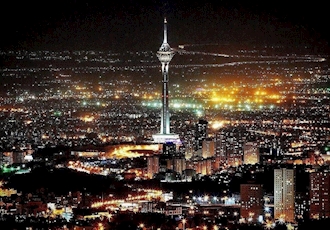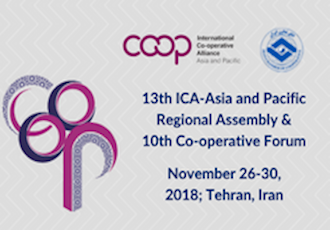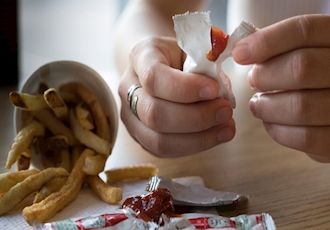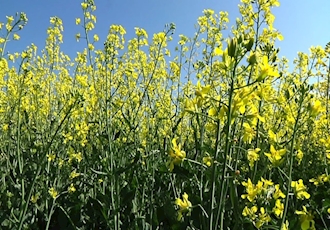Cutting into trans fat consumption in Iran
Iranian households use cooking oil. Lots of it. As of 2004, a government survey found that more than 12% of calories consumed were from partially hydrogenated vegetable oils, the main source of trans fats.
Trans fats included more than a third of the fatty acids in those oils, or nearly 5% of daily calorie consumption—double the trans fat intake in the United States of America in 2007, according to a study published that year in the European Journal of Clinical Nutrition.
“Most of the food consumed in the Middle East/North Africa region is high in fat, trans fat and total saturated fat,” says Dr. Ayoub Al-Jawaldeh, regional nutrition adviser for the WHO Eastern Mediterranean Region. “Food produced in our region is different from what is produced in Europe and North America. It has higher trans fat and uses palm oil.”
Over the past few decades, Iran has seen a steady increase in cardiovascular disease (CVD) and related risk factors. In 2010, Iran had the second-highest rate of CVD death and was third in trans fat intake out of 20 Middle Eastern and North African countries.
As cooking oil is used in such large quantities in Iran, it was among the first foods targeted for trans fat reduction. Between 2006 and 2013, trans fats were reduced in Iran from nearly 20% in most edible oils and fats, to under 2%. According to the Ministry of Health and Medical Education in Iran, fractionation of vegetable oil—a technology that does not change the chemical nature of the fatty acids through controlled separation of oil and fat fractions—has been a common practice in Iran to replace partial hydrogenation.
As in other countries, the changes were phased in and required government agencies, civil society and industry to work together. The health and agriculture ministries, Iran Food and Drug Administration (FDA), oil manufacturers, nongovernmental organizations and oil importers all collaborated to reduce trans fats. In 2005, the National Standards Organization of Iran, the government arbiter, mandated a 10% cap on trans fats in corn oil, palm oil, frying oil and mixed liquid oils—a reduction from the previous 20%. Government organizations were mandated to use oils with less than 10% trans fat content.
The trans fat standards were reduced to less than 5% in fats and oils in 2011, and to less than 2% in 2013, with a 2016 compliance deadline. The ultimate goal is to limit trans fats to less than 1% by 2019. According to the Iranian FDA, that target had already been reached by 2018.
Iran’s FDA Post Marketing Surveillance results showed that average trans fat of almost all of frying and liquid oils was below 1% and within the acceptable limit, according a report on Iran’s efforts by the International Fund for Agricultural Development (IFAD) and National Nutrition and Food Technology Research Institute (NNFTRI).
While these measures reduced trans fat in cooking oil, regulations have not fully addressed trans fat in bakery products. The trans fat limit for margarine and shortening used in bakery products is 5%, rather than 2%.
While there is still work to do to reduce trans fat in the food supply in Iran, the achievements so far have been impressive, particularly considering Iran had the highest recorded intake of trans fat in the world.
“Iran has achieved a relatively safe position with trans fat levels in edible oils by regulating trans fats, using appropriate alternatives and by collaborating with food industries,” said Dr. Ayoub Al-Jawaldeh. “As a pioneer in the region, Iran is now aiming to comply with WHO’s goal of to reduce premature mortality from non-communicable diseases by 25% by 2025.. We need to reach 0 trans fat to achieve this goal.”
Source: WHO







